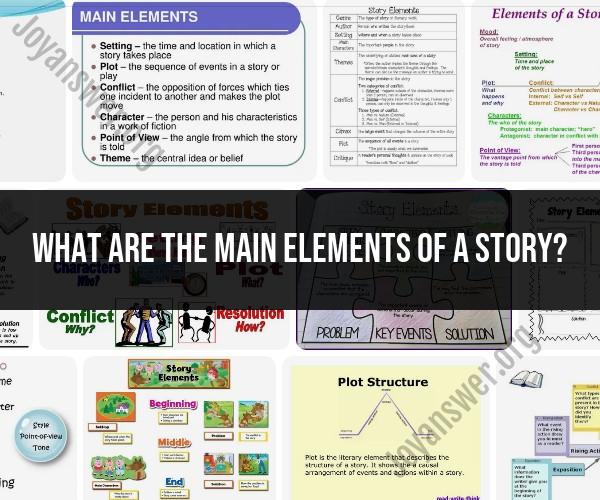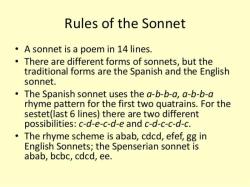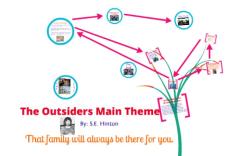What are the main elements of a story?
The main elements of a story, often referred to as the "story elements" or "narrative elements," are essential components that come together to create a compelling and coherent narrative. These elements provide structure and depth to a story, allowing readers or viewers to engage with the plot and characters. The primary story elements include:
Plot: The plot is the sequence of events that make up the story. It typically follows a structure that includes an introduction (exposition), rising action, climax, falling action, and resolution (denouement). The plot sets the story in motion and drives the narrative forward.
Characters: Characters are the individuals or entities that populate the story. They can be human, animal, supernatural, or even symbolic. Well-developed characters have distinct personalities, motivations, and arcs, and they play various roles in advancing the plot.
Setting: The setting encompasses the time and place in which the story unfolds. It includes details about the environment, historical context, cultural elements, and atmosphere. The setting can significantly influence the mood and tone of the story.
Conflict: Conflict is a central element that drives the plot forward. It involves the struggles or challenges that characters face, whether they are internal (within a character's mind or emotions) or external (against other characters, nature, society, etc.). Conflict creates tension and provides opportunities for character development.
Theme: The theme is the central idea or message that the story conveys. It reflects the story's deeper meaning or moral and often explores universal truths about human nature, society, or life in general. Themes can vary widely and may not always be explicitly stated.
Point of View (POV): The point of view determines who is narrating the story and how much the reader knows about the characters and events. Common narrative perspectives include first person (narrated by a character in the story), third person limited (an external narrator with insight into one character's thoughts), and third person omniscient (an external narrator with insight into multiple characters' thoughts).
Tone and Mood: Tone refers to the author's attitude or emotional stance toward the subject matter, while mood refers to the emotional atmosphere or feeling created in the reader. The choice of words, imagery, and descriptive details influences both tone and mood.
Symbolism: Symbolism involves the use of symbols or objects to represent deeper meanings or ideas within the story. Symbols can be concrete objects, actions, or even characters that carry a metaphorical or allegorical significance.
Foreshadowing: Foreshadowing is a literary technique in which the author hints at future events or developments in the story. It creates anticipation and suspense, allowing readers to make predictions about the story's outcome.
Resolution: The resolution is the point in the story where conflicts are resolved, and loose ends are tied up. It provides a sense of closure and clarity, allowing readers to see the final consequences of the characters' actions.
These elements work together to form a cohesive narrative that engages the audience and communicates the story's intended message or impact. While not all stories will emphasize each element equally, a well-crafted story typically incorporates these fundamental components to create a memorable and meaningful reading or viewing experience.
Main Elements of a Story: Unpacking the Essentials
Stories are all around us, in the books we read, the movies we watch, and even the conversations we have with friends and family. But what makes a good story? What are the essential elements that every story needs?
In this article, we will unpack the main elements of a story and discuss why they are so important.
The Core Components of Storytelling: Main Elements
The main elements of a story are:
- Characters: The characters are the people or creatures who inhabit the story world. They are the ones who drive the plot forward and experience the story's events.
- Setting: The setting is the time and place where the story takes place. It can be a real or imaginary world, and it can play a significant role in the story.
- Plot: The plot is the sequence of events that happen in the story. It is the story's heartbeat, and it keeps the reader engaged.
- Conflict: The conflict is the central problem or obstacle that the characters face. It is what drives the plot forward and creates suspense.
- Resolution: The resolution is the way that the conflict is resolved. It is the ending of the story, and it should be satisfying for the reader.
What Makes a Story: Understanding the Key Elements
Each of these elements is essential to a good story. Without characters, there is no one to experience the story. Without a setting, there is no world for the story to take place in. Without a plot, there is no story to tell. Without conflict, there is no drama or suspense. And without a resolution, the story is incomplete.
Of course, there is no one right way to write a story. Different stories will emphasize different elements. But all good stories have these core components in common.
Here is a brief explanation of why each element is so important:
- Characters: Characters are the heart and soul of a story. They are the ones who readers connect with and care about. Well-developed characters are essential to a good story because they make it believable and engaging.
- Setting: The setting can create a sense of atmosphere and mood, and it can also play a role in the plot. For example, a story set in a dark and dangerous forest will have a different feel than a story set in a bright and cheerful city.
- Plot: The plot is what keeps the reader engaged and wanting to read more. It is important to have a well-structured plot with a clear beginning, middle, and end.
- Conflict: The conflict is what drives the plot forward and creates suspense. Without conflict, there is no story.
- Resolution: The resolution is the way that the conflict is resolved. It is important to have a satisfying resolution that ties up all of the loose ends.
By understanding the main elements of a story, you can write stories that are more engaging and satisfying for your readers.













